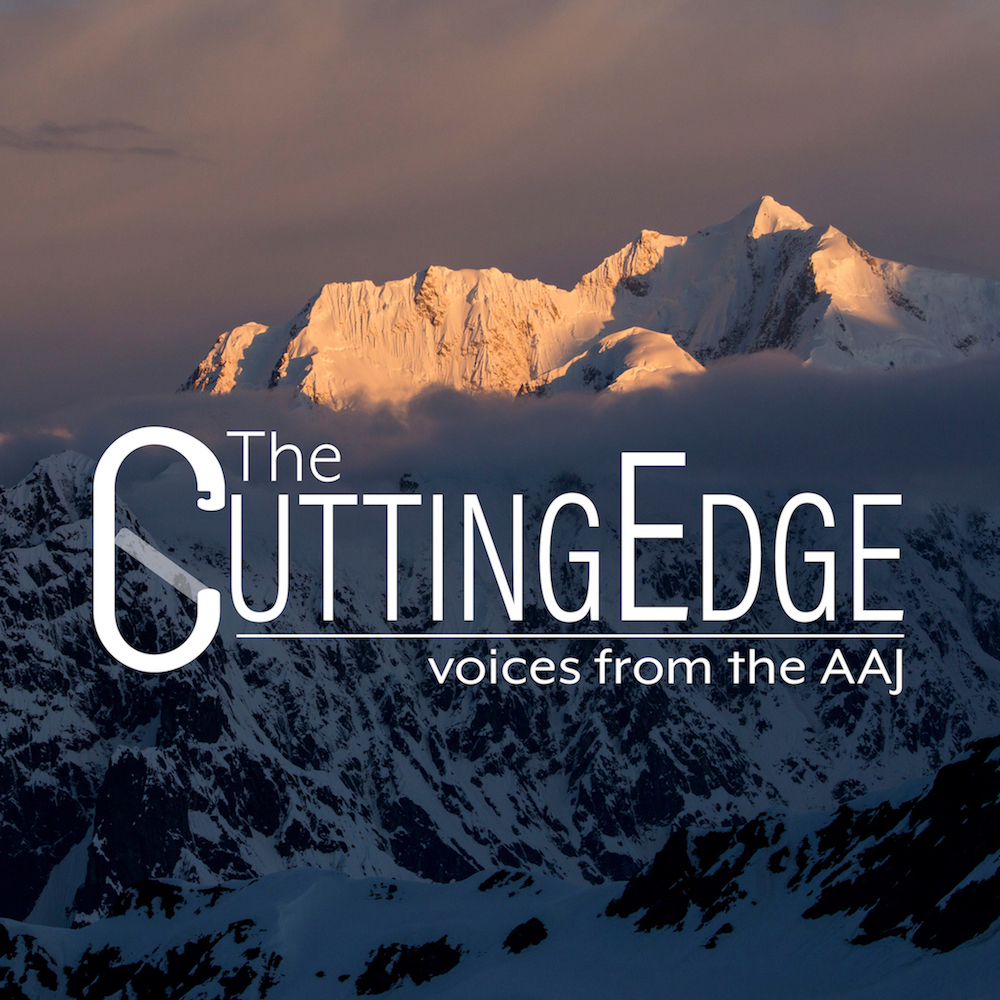Utah Mountaineering Guide, (and the Best Canyon Hikes)
Utah Mountaineering Guide, (and the best canyon hikes). Michael R. Kelsey. Kelsey Publishing Co. Springville, Utah, 1983.
Utah is a state rich in its variety of natural wonders, both in mountains and desert. When you top out on a ridge or swing around a canyon bend, be ready for another sight that will just knock the socks off you. Michael Kelsey clearly enjoys the popular as well as the seldom seen areas of his native state. His comprehensive Utah Mountaineering Guide carefully documents his many hiking trips to the major mountain groups and canyon systems of Utah. I say “hiking” because it is exclusively a guide for the backpacker, not the rock climber.
His guide is particularly valuable because of its information about mountains I’ve never heard of and about places I’ve always meant to visit but put off for lack of access data. For example, I’ve never heard of Ibapah Peak in the Deep Creek Range and it might inspire me to go there if only the author would say why. Again, someday I intend to wander around the Oquirrh Mountains downwind of Kennecott Copper Corporation’s smelters to snoop out the plant and erosion effects. Now I know how but it would have been appropriate for the author to have added his own notes on this environmental condition.
His sixty-three maps are as good as his eighty-eight photographs are poor. The former are clearly drawn and detailed while the latter are frequently overexposed and out of focus. In fact, many of his snapshots are of a very undistinguished mountain or taken from the one described giving the reader almost no clue about what he’s in for.
The text is good. For each hike there is given the location, geology, access, trail information, best season and duration for the hike, camp grounds and map data.
Kelsey majored in geology at one point in his student career so the reader is treated to mini-accounts of that business for each hike as well as a small treatise on Utah geology with cross-section maps at the guide’s end. There he also tells us about old mountain heliograph stations, the Bristlecone Pine, climographs, the extinct Anasazi Indians famous for their inscrutable canyon petroglyphs and Park & Forest Service information. With Kelsey, the reader must think metric. I like that. But he also gives a conversion table for the only half-yet-converted.
The author’s localisms are sometimes funny. In the Raft River Mountains he says they raise “… sheep, cattle, jackrabbits, alfalfa and wheat …” While there, by the way, he might have mentioned that just twenty-five miles to the northwest stands the City of Rocks, a splendid haven for turn-of-the-century thieves on the lam and rock climbers. The Lowe brothers and cousins skinned many a knuckle there.
Michael Kelsey’s new guide is welcomed because it should cause the Utah hiker traffic to disperse into those less visited areas thus taking pressure off well known glamour areas and so broaden our appreciation of the state.
Jock Glidden

